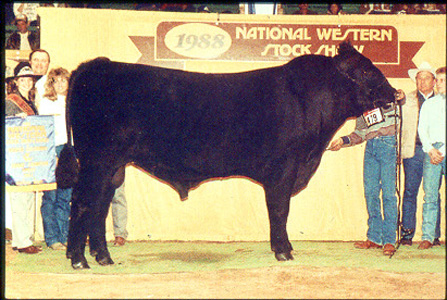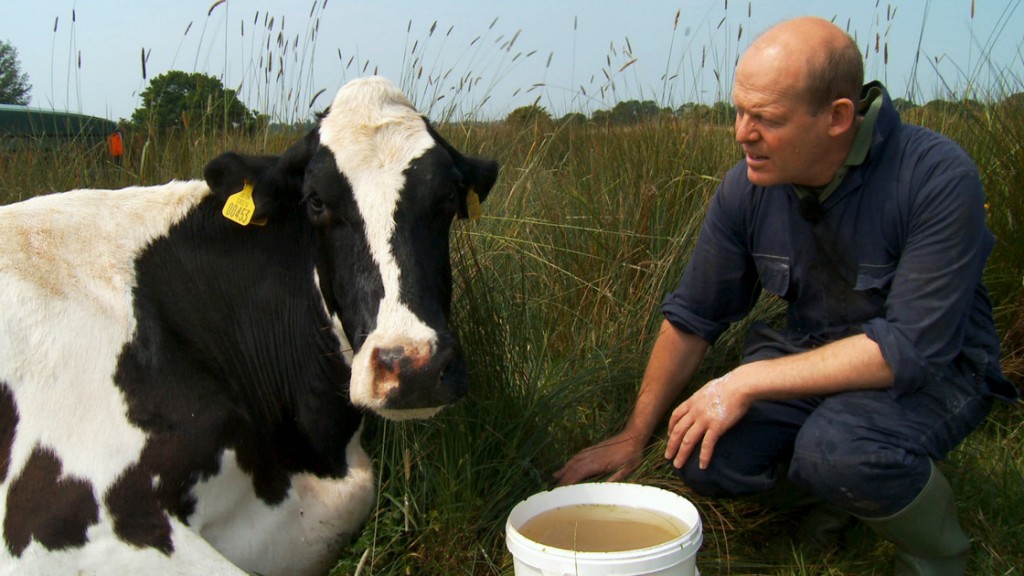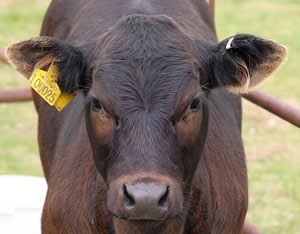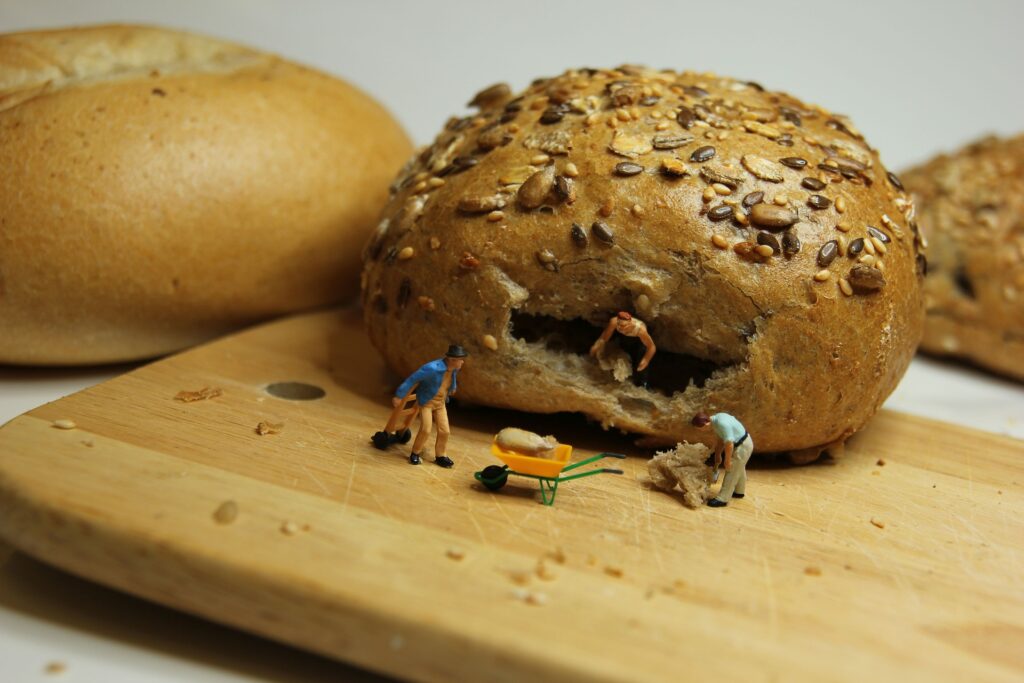Livestock
No Results Found
The page you requested could not be found. Try refining your search, or use the navigation above to locate the post.
No Results Found
The posts you requested could not be found. Try changing your module settings or create some new posts.
Curated Content From Around the Web
ENTIRE CABIN POWERED by This – EcoFlow Delta 2 Max
Can I wean 90-day-old calves that weigh 300 pounds?

The answer is yes. Dry weather has made this – and variations – the question of the day. In an ideal world, mother and calf should enjoy green pastures from birth until weaning at about 7 months of age. The typical weaning age is 192 days for producers in the Cow Herd Appraisal Performance System (CHAPS) program. However, some calves are weighed along with the administration of preweaning vaccinations prior to the actual weaning day, so the average age at weaning could be a few days older. The CHAPS profile shows steers weigh 566 pounds, heifers 535 pounds and bulls 595 pounds, or an average of 553 pounds for all the calves. This translates to an average daily gain of 2.45 pounds. These values are good targets for producers when the year is average. But weather does not always cooperate, and when grass gets short, the calves may very well…
Read More
Read More
WE GOT IT!
Low-Stress Management Improves Post-Weaning Calf Health

Thanks to Dawn Hnatow for co-authoring this article! A few weeks ago we discussed fenceline weaning as one low-stress way to wean calves. The next question folks ask is, “What should we do with our calves post-weaning?” Conventionally, stockmen will look after their calves’ nutritional needs and monitor their health, but otherwise leave them alone. From the low-stress perspective that is not enough. Let’s consider it from the calves’ perspective: They’ve been separated from their mothers, and they don’t know what the heck is going on. What they need is a surrogate mother, a new leader, someone they can trust and have confidence in that is going to look after them. That’s us. From the low-stress perspective we’re going to want to assume that role instead of leaving them alone, and if we’ll do that, and do it properly, it will positively impact their performance and health. So, how do…
Read More
Read More
WILL IT MAKE THE CUT? Unboxing and Testing Portable Power Station – The Oupes Mega 1
From Big to Small to Big to Small: Part 3 of A Pictorial History of Cattle Over the Years

In memory of Dr. Harlan Ritchie, August 3, 1935 – April 27, 2016. A Distinguished Professor for 47 years at Michigan State University, Dr. Ritchie was widely regarded as the man who led beef’s transformation in composition, size and growth potential. Dr. Harlan Ritchie spent his work life looking at where we started with cattle, where we went, and what we should do next. In Part 1 of this series he looked at the change in cattle body type from the era of large cattle that were work animals first, to animals that were managed for meat production. In Part 2 of this series he shows what happened in the 1900s, which ended in catastrophe in the 50s and 60s. This week he takes us to the end of the 20th Century. Where we go next is up to you. From 1955 to 1960, cattle size tended to level out…
Read More
Read More
Socialize With Cows to Promote Soil Fertility

When I studied Agronomy in Brazil, my grazing mentors recommended that farmers that walk in the paddock or grazing strips for a few minutes before moving the cows to a fresh pasture, might stimulate soil fertility. If you are wondering how this is possible, read on and I’ll try to explain. Here’s an example of what you might see after socializing with your cattle. Before moving their animals, Brazilian farmers are advised to take time to walk – observing their pastures, manure distribution, trampling and height of residual pasture. While they circulate, crisscrossing slowly among the cattle, they also count and check cow health. Farmers know that cows want to be moved and when cows see the farmer, they immediately associate him/her with fresh pastures. However, by not moving them right away, cows become uneasy, with a mix of euphoria and stress. They want the fresh and luscious next strip…
Read More
Read More
Testimony to Congress Warns of Antibiotics Overuse in Agriculture

On July 13, the Union of Concerned Scientists’ Margaret Mellon testified before the House Rules Committee in a hearing on H.R. 1549, the Preservation of Antibiotics for Medical Treatment Act (PAMTA).Mellon explained the scientific case connecting antibiotic resistance with the practice of feeding antibiotics to livestock and poultry that are not sick. This is of particular concern as Congress considers measures to increase food safety, as the bacteria most commonly associated with food-borne illnesses are also likely to resist drug treatment.Mellon also offered detailed analysis confirming that swift congressional action on PAMTA is the only way to keep antibiotics working and to protect the food supply and our health.Read Mellon’s full testimony for more information.
Read More
Read More
The Benefits of Livestock Productivity

As scientists delve into the synergistic intricacies of animal relationships in historic ecological templates, they discover more and more the positive work animals can accomplish. From bison pruning prairies to beavers building ponds, animal contributions have protected water and built soil. A herd of millions of bison marauding through our neighborhoods would be incompatible with modern civilization, however, and a gigantic beaver pond across the interstate could be seriously disruptive. Fortunately, domestic livestock have filled these historic roles, working alongside humans to build civilization. Please enjoy with me, then, a brief look at critter services and livestock productivity on the farm.Let’s start with chickens. The ultimate sanitizer, the noble chicken stands between a farmstead and pathogens. Our friendly hens eat ticks, grubs, slugs, and insects. At Polyface Farm, the Eggmobiles (portable hen houses) disgorge 800 deposits of manure every morning on newly grazed pasture.Chickens not only eat bugs in cow…
Read More
Read More

